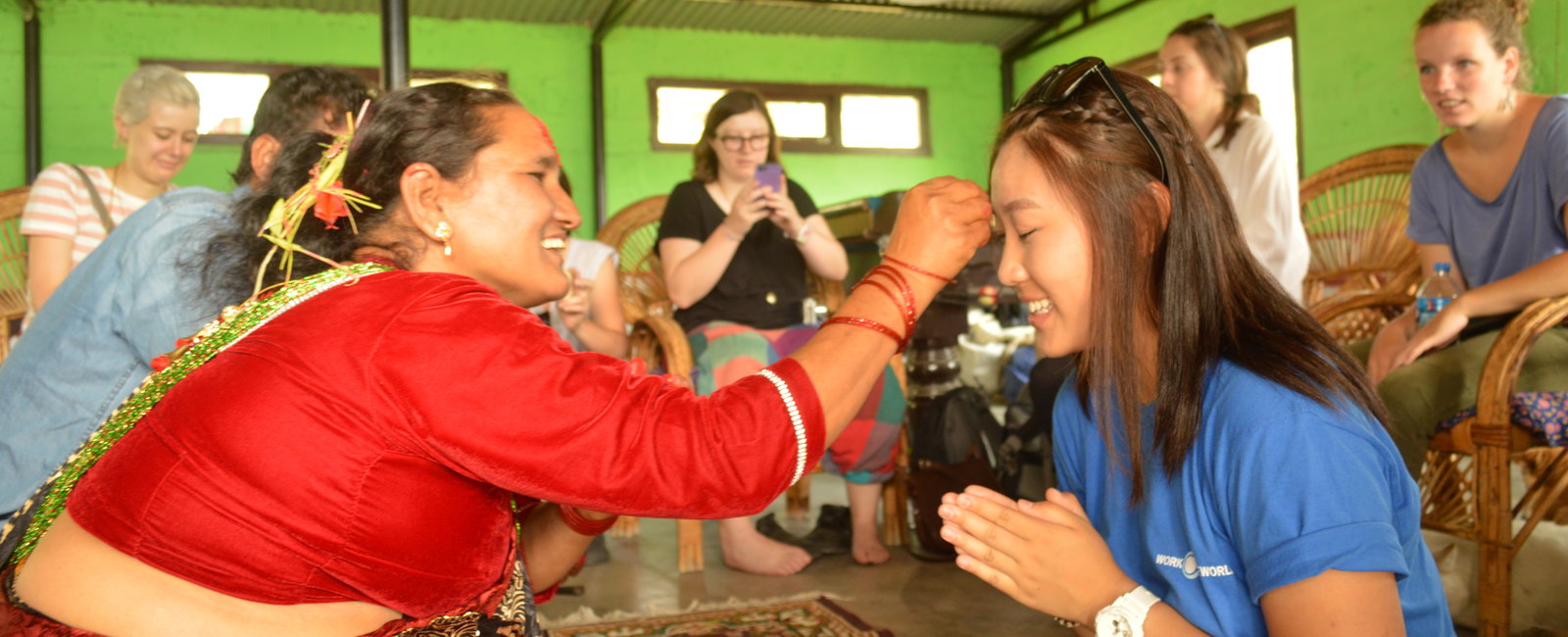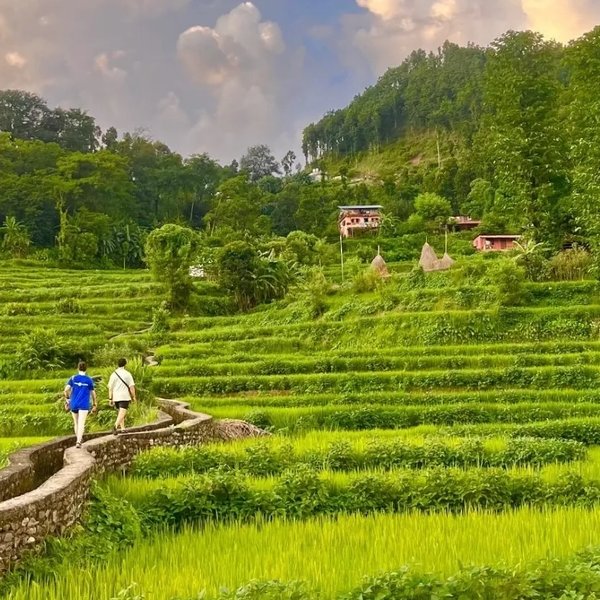University of Western Australia 2017
I spent six weeks in Dar Es Salaam, the capital city of Tanzania. I spent my time working at an orthopaedic institute under the supervision of some fantastic orthopaedic surgeons.
The orthopaedic institute is a small hospital that started as a subdivision of the national hospital. It originally started as an individual emergency department, designed especially for orthopaedic traumas, usually as a result of motor vehicle accidents or domestic violence. Over the years, it grew to include a six-bed operating theatre plus two surgical wards, all run independently from the national hospital. All of the doctors working here have either specialised or are training in orthopaedic surgery and traumatic neurosurgery.
On average, 70% of the patients will have suffered an orthopaedic injury as the direct result of an MVA or domestic assault; 20% of patients are suffering traumatic brain injuries; 10% of patients are suffering from burns and other traumatic injuries. Tanzania is a developing nation in Africa and has extremely limited resources, even in the capital city.
When I first arrived in Tanzania, in the middle of the wet season, my first thought was ‘Holy cow! This is hot!’ The average temperature wavered between 35-40 degrees, with an average humidity of 95-100%! From the first moment I stepped off the plane, I knew this was going to be an exhausting, demanding, mentally challenging journey, but I knew I would end up a better person at the end.
During my time in Tanzania, I lived in a house with 10-15 other students from Canada, the USA, the UK, Europe, and Australia. We lived together, ate together, and went to our hospital placements together. Something I wasn’t prepared for before arriving in Tanzania was the number of friends I would make from all over the world and the lessons I could learn from them about their own healthcare systems, rather than just Tanzania’s. I not only experienced healthcare in a developing country, but I also learned what it is like in a range of other developed countries.
My typical day at the hospital would start with a large conference meeting, where all the doctors in the hospital would gather in a small, overheated room to present interesting or challenging cases to the three senior consultants – the Top Executives. These meetings were almost always held in Swahili, the local language.
At first, I could only pick one or two words here and there, but by the end, I was able to get the general idea of what everyone was talking about. After the meeting, the surgeons would all go to the theatre, change into their scrubs and surgical ‘crocs’, and wait for their first patients to be sent down from the wards.
The surgeons rarely ever spent time on the wards, often relying on the ward doctors and nurses to let them know if anything went wrong with their patients after their operation. The most common post-operative complication was post-operative infection, which would often result in the death of the patient due to the severe lack of resources.
The main theatre room consisted of three operating tables lined up next to each other with a dividing panel between each one. There were two other operating tables in individual rooms and another emergency operating table across the corridor. The patients would wait for surgery in the ‘pre-op room’, which was a large area adjacent to the main operating tables. If a patient lifted their head from their trolley, they would be able to see directly into the operating area. Suffice it to say, it was a very different arrangement from the theatres back in Australia.
One major difference I noted was that most patients were given spinal blocks via epidural, rather than general anaesthetic, during their surgery. I was told that this was due to the limited resources they had to be able to monitor a person while under general anaesthetic safely, and so it was safer to leave them unsedated. The downside was that the patient would be awake for the entirety of their surgery, perfectly alert to all of the noise and conversation that took place around them.
I highly recommend any Work the World placement to any health care student looking to broaden their scope and understanding of health care, and to anyone who is keen to step out of their comfort zone like I did.
Major fractures were the most common injury I saw at the orthopaedic institute. As a result, the most common surgical procedure I assisted in was the insertion of metalwork to fix fractures. The technique involved bringing two fractured bone ends together and clamping them in place while I inserted a rod into the bone marrow that assisted in drilling the holes in the bone in the right place before the plate was screwed down.
I feel that the limited resources available to these surgeons were actually a great advantage to me because it required an extensive fundamental knowledge of the anatomy and mechanics involved in orthopaedics, which guided the procedures. I needed to understand how the body functions normally and then determine what needed to be done to the injured limb to restore it to full function. It was not simply a process of memorising which procedure is required for each particular injury. It involved the use of logic and critical thinking.
Other surgeries I either observed or assisted in included total hip replacements, surgical fixation of fractured metatarsals, fixation of lumbar vertebrae and laminectomies, anterior cruciate ligament reconstructions, laparoscopic meniscectomies, femoral plate insertions, and hip fracture compression and fixation.
It was humbling to learn that the surgeon I was working with was one of the few orthopaedic surgeons in Tanzania trained in the use of laparoscopic equipment for performing arthroscopic surgery, also known as keyhole surgery. Most orthopaedic surgeons back home can perform arthroscopic surgery with their eyes closed. I feel as though I’ve taken for granted the equipment we have so readily available in Australia. At the institute, there was only one laparoscopic camera available, and it was very outdated compared to the ones we use at home.
The major difference between health care in Australia and Tanzania is the attitude of the people towards health. We take our health and ability to access care for granted. The people of Tanzania have to bribe health care workers just so that they can be seen before their condition worsens. While in the hospital, they receive very minimal pain management unless they can afford it.
The patients are often just grateful to have received care and are more than willing to put up with a bit of post-operative pain. The conditions that you see are so much more advanced than you would ever see at home, because the patients delay coming to the hospital for as long as possible. The most confronting issue of my entire journey was knowing that many of the patients I saw would die. If these people were in Australia, their conditions could be so easily fixed.
I am glad I chose to do my elective in Tanzania. It was one of the most eye-opening experiences I have ever had, and one that I will cherish for the rest of my life. I highly recommend any Work the World placement to any healthcare student looking to broaden their scope and understanding, and to anyone who is keen to step out of their comfort zone like I did. I made many friends from all over the world in Dar Es Salaam; some, I believe, I will remain friends with for a long time to come.
Read more about our Electives in Africa, and you'll find options in Tanzania and beyond.









